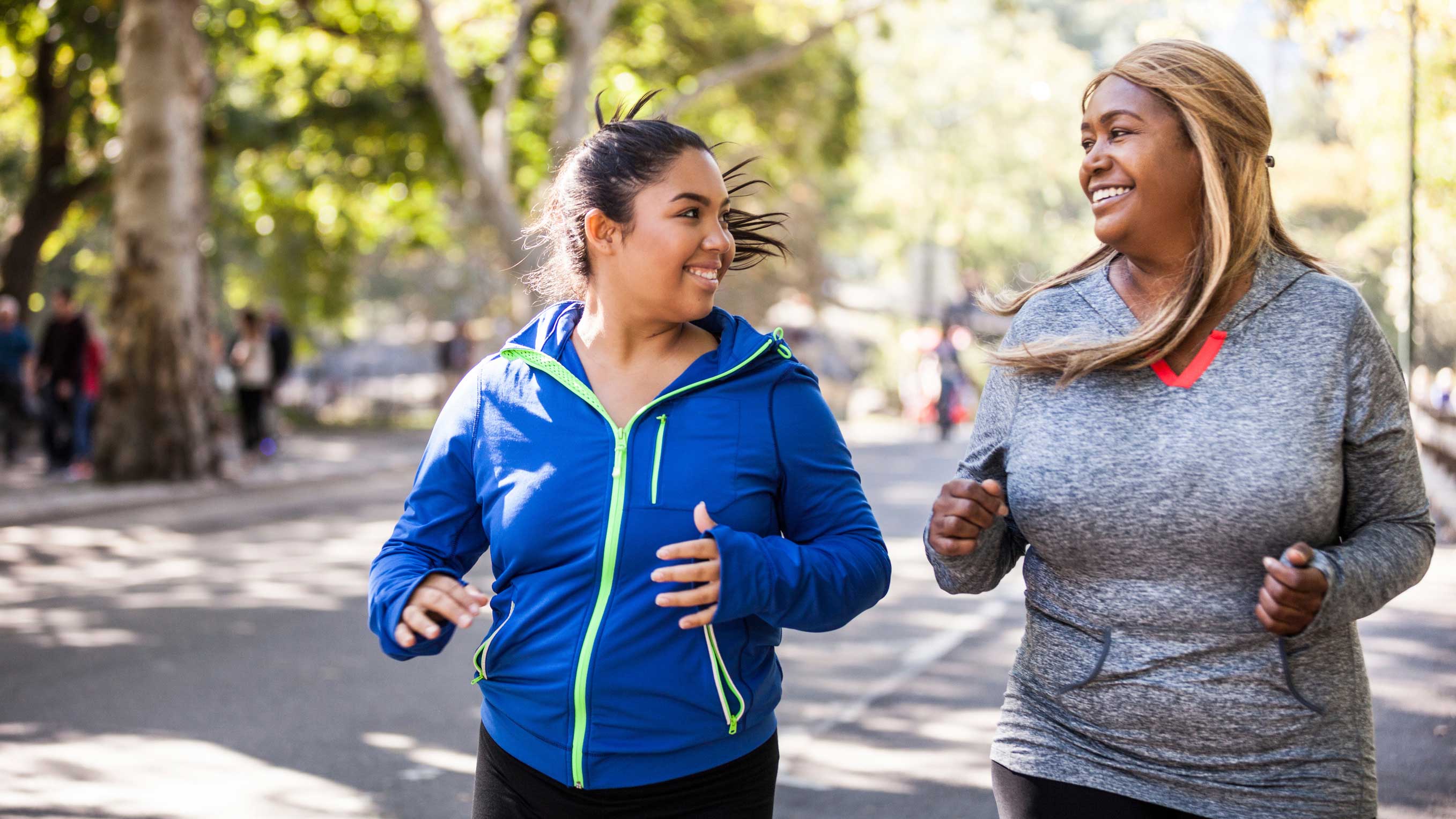Everybody loves the endorphin rush that comes after a great workout session, but what happens when it fades? Or if it never happens at all? Some people have a natural, intrinsic motivation to exercise, while others literally drag their feet to the gym. A deeper understanding of what drives behavior and makes your clients want to be fit will help you to inspire them more effectively. Use these behavior change strategies and leading questions to keep clients on track and on your schedule.
1. What’s the WHY?

Everybody knows exercise is important, but sometimes knowing is not enough. Many people work out because they’re “supposed to” or “have to,” not because they enjoy it. Plus, people have different reasons for exercising. Some are following doctor’s orders for health reasons or want to be in shape for their kids or grandkids. Others are preparing for sports or fearful that past injuries might reoccur.
Motivating factors for exercise vary between individuals. To make things more complicated, an individual’s motivation can change from one month to the next. The marathon that pumped up a client the first part of the year might not have the same effect after the big event is over. Staying in tune with the reasoning as it shifts for each client is key to keeping him or her engaged.
Ask: “Why is exercise important to you this month?”
2. Find out how it feels.
The “why” for exercise usually has an underlying feeling. Some people want to feel energized, while others crave the calm sensation that comes after a workout. This explains why some people enjoy boot camp and others prefer yoga. Feelings and emotions matter. Negative feelings cause people to avoid exercise. Find out what experience your client wants to have and create the right environment accordingly.
Ask: “How do you like to feel after a workout?”
3. Investigate exercise intensity.

Once you know if a client likes to feel energized or calm after a workout, you can identify his or her preference for intensity. Some people like to feel their heart pounding and sweat dripping down their back. Others see this as negative. Some people like sore muscles and others are uncomfortable with wobbly legs. A preference for intensity might also vary depending on what time of day the client comes to see you or what else is happening in his or her active life that week.
Hitting the sweet spot for exercise intensity during a session feels really good. Use the ratings of perceived exertion scale (RPE) throughout the session to tap into what clients are experiencing and what they want. Don’t assume that you know because of the look on a client’s face or what he or she liked last time. Too much or too little intensity doesn’t feel good and can inhibit exercise adherence.
Ask: “Would you like the intensity higher or lower?”
4. Align goals with mode.
After you’ve tuned into why your clients exercise, how they want to feel and their preferred intensity levels, you can help them identify the best activities for them. Many people assume that yoga is a calm mode of exercise and that cycling is energizing. This isn’t the case for everyone.
One client might find their zen during yoga, while another gets it from cycling. Some people feel energized after swimming and others from running on the beach. Guide your clients to try new activities and cultivate awareness around how they feel afterwards.
Ask: “How did you feel after the yoga session? Energized? Calm? Bored?”
5. Create new habits.

Turning on clients to the many exercise options out there is part of your role as a health and fitness professional. Finding the right balance of routine and variety is the art of personal training. The brain generally likes routine because it’s comfortable and can go on autopilot. Overcoming challenge is rewarding, too.
When a new task is introduced, it takes more brain effort, which can be tiring, but also thrilling. Pay attention to the way your client reacts when you introduce new exercises to his or her program. Some people prefer to find the challenge within repetition or increases in resistance while keeping routine steady. Others like to constantly change the types of exercises they perform.
Ask: “What were your favorite exercises or aspects of the session today?”
Helping each individual client feel fantastic after workouts is a puzzle and personal training is all about figuring it out.




 by
by 




 by
by